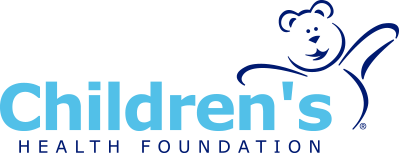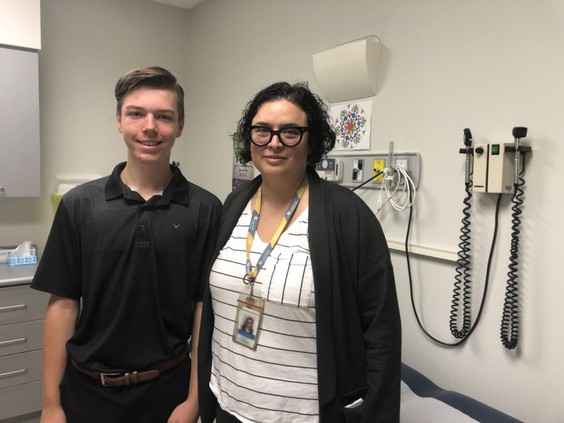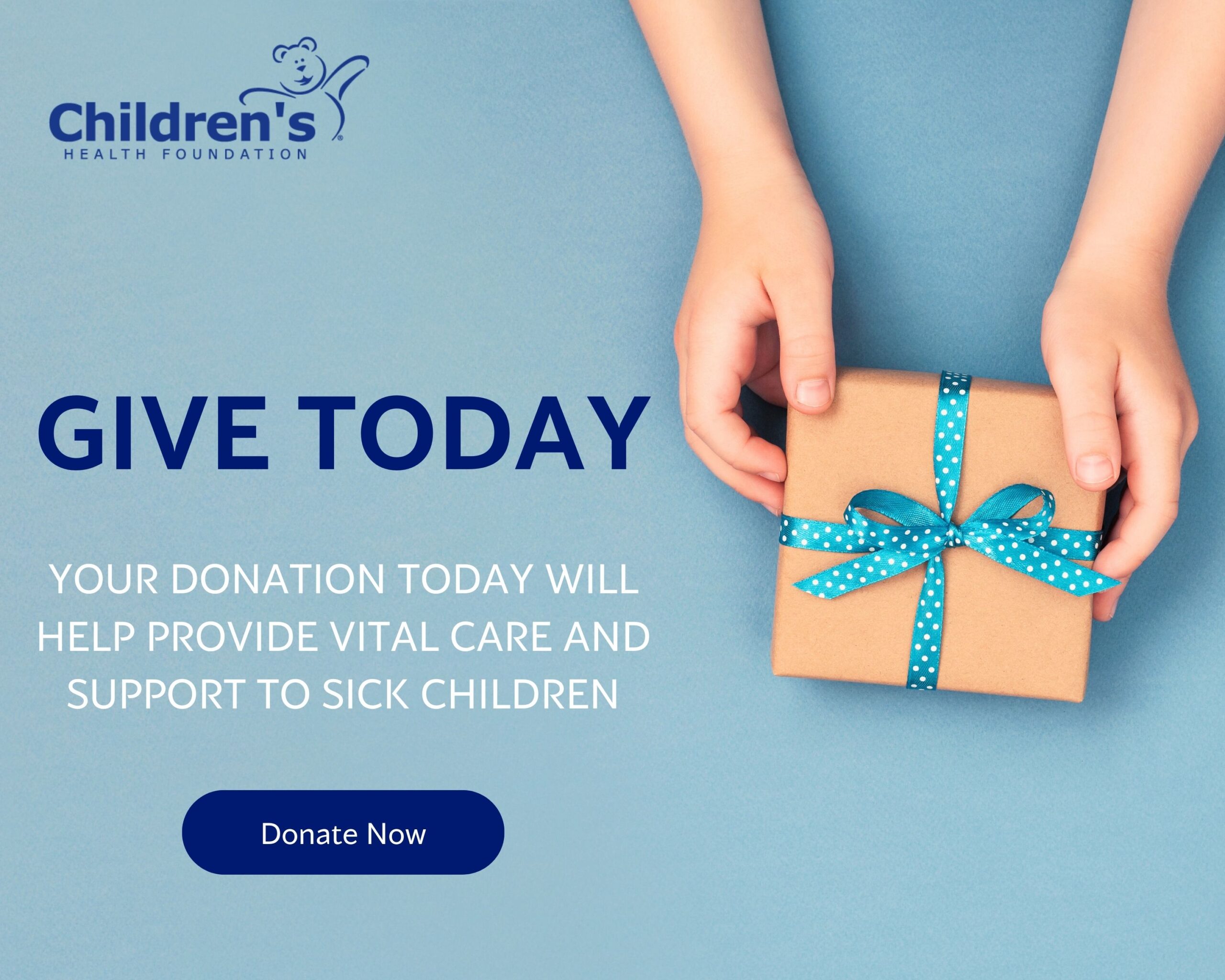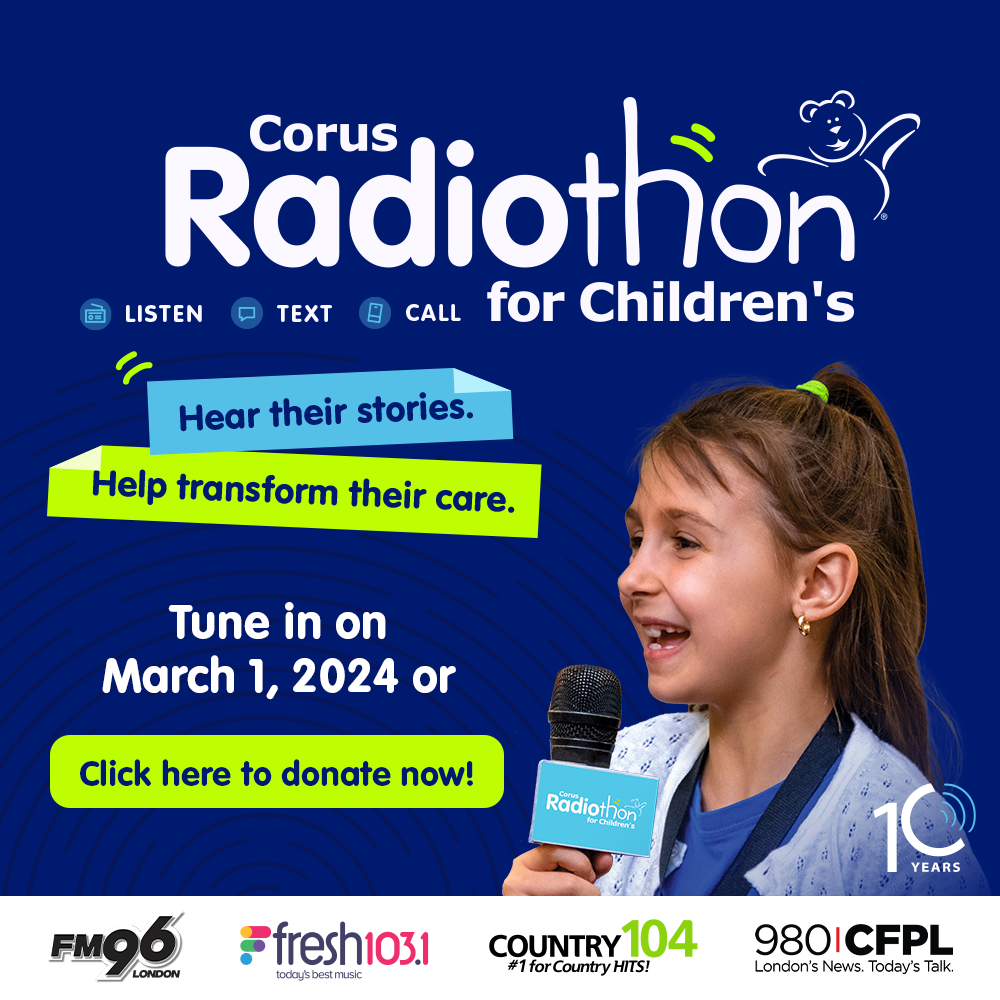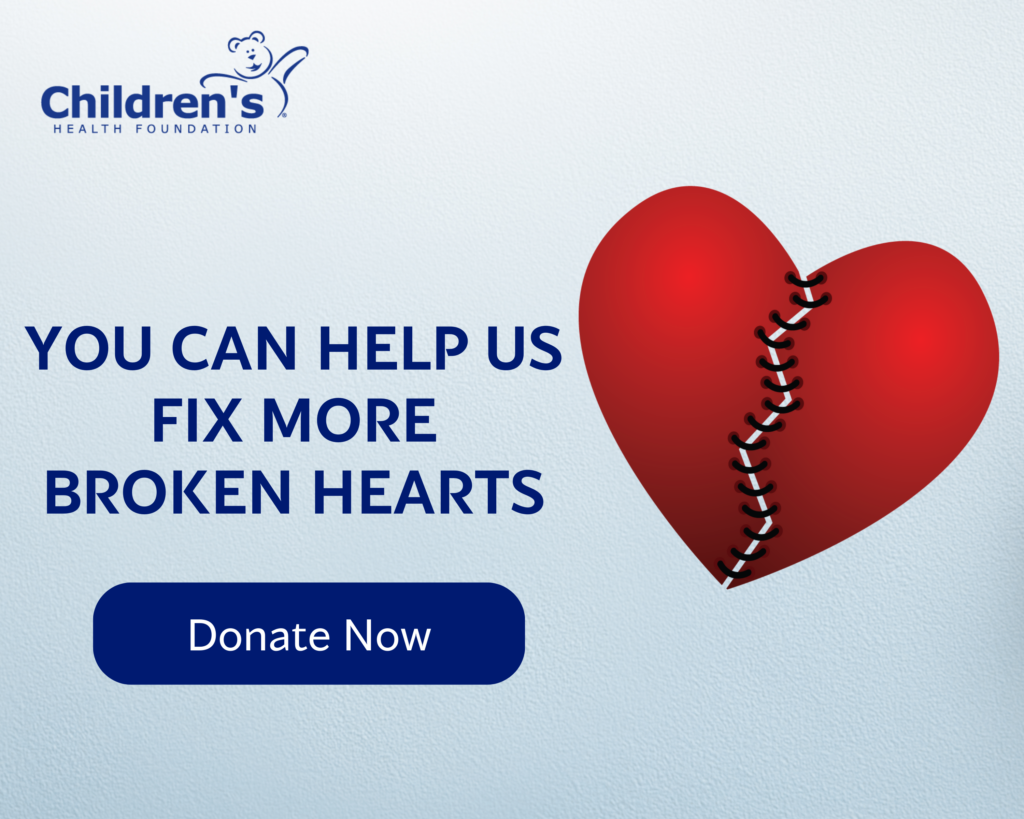We are hopeful that our request will fit well with your interests in children and health.
Here we are including more information about the need for the ROSA ONE Brain for children whose quality of life is being devastated by epilepsy.
Once you read more details about how epilepsy is affecting these children, we trust you will understand why the team at Children’s Hospital has prioritized acquiring cutting-edge and innovative robotic technology to address the waitlist of children with drug-resistant epilepsy today and enhance epilepsy care for children and youth in the long-term.
We are respectfully requesting the Alice and Murray Maitland Foundation to consider a grant of $20,000 towards its purchase.
Ethan's Seizures began when he was 9 years old, taking place when he was asleep
Despite all efforts to treat his seizures with multiple medications, which had significant side effects, they continued to escalate until he experienced an agonizing three straight days of 15 – 20 second seizures that took place every couple of minutes!
At that time, Dr. Andrea Andrade, Medical Director of the Paediatric Epilepsy Program at Children’s Hospital, and an Ontario Centre of Excellence, recommended Ethan as a good candidate for a robot-assisted stereo-electroencephalography (SEEG) procedure to see if they could pinpoint the location of the seizures and then perform a second epilepsy surgery to remove the area of the brain that was causing the seizures.
In 2018, 14-year-old Londoner Ethan was the first paediatric patient in Ontario to have the SEEG procedure followed by the second surgery. It was performed by the neurosurgeon who is part of the Paediatric Epilepsy Program from Children’s Hospital.
Ethan is now free of seizures and his epilepsy has been cured.
LHSC at University Hospital campus, in the north end of London, has a robotic arm and was the first hospital in Ontario to robotically perform the SEEG procedure on adult patients.
Ethan’s surgery took place at the University Hospital campus, and he was transported there and back to Children’s Hospital, in south London.
Since Ethan’s surgery in 2018, these life-changing surgeries have been performed at University Hospital, despite the complexities of transporting patients and the medical team back and forth for the procedures.
When COVID hit, no paediatric surgeries of this type have been taking place in the operating rooms of University Hospital.
The challenges of having epilespy
Epilepsy, a serious neurological condition, is more common than we might think – one in 100 Canadians have it.
In Ontario, this equates to 95,000 people with epilepsy, with 15,000 under age 18.
Epilepsy is especially concerning in young people because their brains are still developing and seizures can be damaging, resulting in behavioural problems, intellectual disabilities and a greatly reduced quality of life.
Young people with epilepsy are more likely to struggle with depression and anxiety because of difficulties dealing with the condition itself, devastating stigma, and the side effects of some of the powerful medications used to control symptoms.
Some patients outgrow their seizures, others use medication to control the condition, but 30% have drug- resistant epilepsy, which means that medications do not work for these children.
Children's Hospital is STRIVING TO PROVIDE THE BEST POSSIBLE CARE FOR PATIENTS WITH DEBILITATING EPILEPSY
As one of two Regional Epilepsy Surgery Centres of Excellence in Ontario (the other one being at SickKids in Toronto), Children’s Hospital receives patient referrals from other hospitals, health centres and family doctors’ offices across the province. The most severe and debilitating cases of epilepsy come to our hospital or SickKids.
During the last five years, Dr. Andrea Andrade, Director of the Paediatric Epilepsy Program, has assembled a multidisciplinary team of talented professionals, facilitating a significant expansion and enhancement of all the clinical and academic programs in Paediatric Epilepsy and building a strong foundation of innovation and new ideas – taking our region to the forefront of the field of epilepsy in Canada.
Her resolve to push forward this important mandate for an undertreated population remains strong during the global pandemic, despite the challenges the current climate presents.
LEADING EDGE EQUIPMENT FOR EPILEPSY SURGERIES
The "ROSA ONE Brain" Robotic Arm
Children’s Health Foundation has been asked to prioritize raising funds for the innovative ROSA ONE Brain for stereo‐electroencephalography (SEEG) procedures and subsequent brain surgery.
The SEEG surgery is used when doctors have difficulty determining which area of the brain the seizures are originating from and if a patient is a good candidate for epilepsy surgery.
The patient will already have had other tests like an MRI which have not been able to identify the exact location.
Without SEEG technology, an invasive procedure is required with involves opening the patient’s skull and placing sub-dural electrodes directly over the general area of the brain where the seizures are coming from. The skull is then closed with the electrodes attached. Children usually experience pain and nausea for several days after the surgery and monitoring is required for several weeks to obtain information about the seizures.
With the ROSA, the neurosurgeon can use robotic arm equipment to perform the SEEG. Needle electrodes (long fine wires with electrodes attached) are inserted through tiny openings that have been made in the patient’s skull, but opening the skull isn’t required. This equipment and technique is especially important for paediatric patients and preferred when deep areas of the brain are suspected to be part of the seizure generator. Since the procedure is minimally invasive, children usually recover well with few side effects.
The patient is then monitored by EEG for several weeks to obtain information on where the seizures are originating, enabling neurosurgeons to determine whether a good seizure outcome might be probable through brain surgery.
The focal resection surgeries (to remove the portion of the brain responsible for the seizures) can also be done with the robotic arm. SEEG indicated that Ethan was indeed a candidate for the neurosurgery, and not only has he remained seizure free since the surgery, he is also off all medications, plays competitive football and is doing well at school.
Ethan received the best possible life-changing care and his family is forever grateful.
The global pandemic has significantly impacted care delivery for children and youth with severe epilepsy and requiring curative surgery. As mentioned above, Children’s Hospital was resource sharing (use of the robotic arm and the OR time) with the adult epilepsy program at University Hospital, LHSC. With concerns around the virus, this was no longer possible as no adult surgeries except for emergencies were being allowed and no resource sharing for paediatric surgeries was possible. While University Hospital has a robotic arm, the ROSA ONE Brain robotic arm is better for paediatric patients.
There is already a list of 45 children waiting for epilepsy surgery, which will continue to grow.
Thirty of these patients are candidates for the SEEG and focal resection surgeries. The other 15 would also benefit from the ROSA as it will make the surgery less invasive, involves less operating room and hospital time, and lessen chances for our young patients to be exposed to COVID during their epilepsy surgery.
Many of the patients on the wait list have ended up in the Emergency Department with worsening seizure activity. The challenge of resource sharing will continue – getting operating room time at University Hospital will prove very difficult as the hospital strives to catch up with adult surgeries postponed during COVID.
Faced with these challenges, Children’s Hospital has identified the purchase of a ROSA ONE Brain to be located on the Victoria Hospital campus, a very high priority to meet the backlog and the demand for this life-changing curative surgery going forward.
Robot‐assisted SEEG, being minimally invasive, reduces the risk of complications and decreases surgical time and the use of medical resources. The information provided helps to cure seizures, which is transformative. Seizures greatly impact a young person’s mental health. When the seizures are cured, patients’ concerns about stigma, brain damage or death begin to resolve, helping them live more fully.
Your support of the ROSA ONE would:
- Help Children’s Hospital address the growing wait list for paediatric epilepsy surgery resulting from surgical equipment and resource shortages caused by the global pandemic
- Establish a new surgical standard of care for paediatric epilepsy patients in Ontario at Children’s Hospital to enhance care for a historically undertreated population
- Enhance surgery outcomes for paediatric epilepsy patients in Ontario while decreasing time in the operating room and the use of valuable medical resources
- Improve quality of life and mental well-being among paediatric epilepsy patients as they are able to participate fully in education, sports and recreation and other aspects of daily life, without the fear of having seizures
- In addition to using the robot for epilepsy surgery, it will also be extremely valuable for other neurosurgical procedures on paediatric patients involving cysts, tumours, hydrocephalus and spinal surgery
Total Raised:
$495,000
Pending Asks:
$100,000
Remaining:
$157,400
For more information, please contact:
Penny Harman
Senior Philanthropy Officer
Children’s Health Foundation
548-689-9251
pharman@childhealth.ca

About Children's Hospital
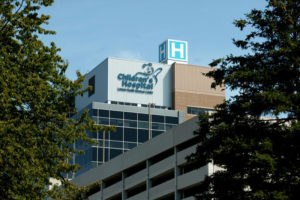 Children’s Hospital offers the most advanced paediatric care in the region. You may not know that each year it is counted on by more than 56,000 children, from birth to age 18, living in Western Ontario.
Children’s Hospital offers the most advanced paediatric care in the region. You may not know that each year it is counted on by more than 56,000 children, from birth to age 18, living in Western Ontario.
When a child’s life is threatened, our medical professionals have the expertise to offer world-class care in more than 30 different medical specialties and sub-specialties. It is the third largest paediatric acute care centre in Canada and is located on the Victoria Hospital campus of London Health Sciences Centre.
Children’s Hospital is affiliated with Western University and Children’s Health Research Institute, offering an environment rich in education and research opportunities that attract the very best and brightest to save kids’ lives. Our medical professionals care for patients from across the vast geographical region of Western Ontario – which includes urban, rural and remote Northern areas. Close to half of all patients come from outside of London. Our highly skilled transport team utilizes leading-edge technology and specialized medical protocols to travel into communities to bring children to life-saving care.
